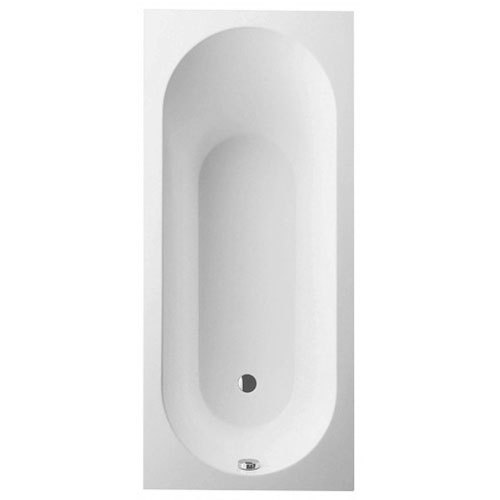
Therefore, V4 is sometimes also called Linz-Oberon in contrast to ETH-Oberon. Mössenböck went to Institut für Systemsoftware at Johannes-Keppler University in Linz (JKU) the development of V4 moved also. It was originally developed at ETHZ, but when H.P. The version called Oberon V4 (see also History) is closer to the original operating system developed by N.
#OBERON SYSTEM DROP WINDOWS#
According to the preface of the 2013 edition, the whole system compiles in less than 10 sec on a Spartan-3 board.Ī version of the Oberon System 3, which was integrated in the Microsoft Windows OS was Plugin Oberon. In 2013 Niklaus Wirth adapted the basic system as described in "Project Oberon" to a current FPGA design. There are/were native versions for the Ceres, Intel IA-32, and ARM platforms. The latter ones are called Native Oberon. There are/were versions which emulated the Oberon OS on top of another operating system and versions which run on bare hardware. Even with an Oberon compiler, assorted utilities including a web browser, TCP/IP networking, and a GUI, the entire package can be compressed to a single 3.5" floppy disk. The Oberon OS is available for several hardware platforms, generally in no cost versions. Whether the worksheet interface of the Macintosh Programmer's Workshop influenced Oberon's TUI or vice versa is difficult to decide: Oberon System was based on Wirth's previous computer design the Lilith, and both the Apple Macintosh (and its precursor Lisa) and the Oberon System (on Ceres and its precursor Lilith) were all inspired by the Alto developed at Xerox PARC. Rob Pike's Acme system under Plan 9 from Bell Labs was strongly inspired by the Oberon TUI. Similar user Interfaces have yet to appear in more commonplace operating systems. The later versions Oberon V4 and Oberon System 3 enhanced the basic interface with different but incompatible implementations for buttons, drop down menus, and other active elements.

A short introduction to the user interface can be found on Niklaus Wirth's home page. The usage of the TUI and programming interface is fully documented in Martin Reiser's book "The Oberon System". Most editors ask the user when closing a modified text: this is not the case in the Oberon System. No questions are asked: this is a deliberate design decision, which needs getting used to.

A steep ascent in the early learning curve makes it a little bit difficult in the beginning. Nothing like a command prompt is required.Īlthough radically different from a command line, the TUI is very efficient and powerful. This is sometimes called a "non-modal" user interface (UI). There are no checks nor any questions asked during command execution. Parameters to the command have to be defined before executing the middle click and must be explicitly scanned and retrieved by the procedure. A command is defined by a procedure, which has an empty argument list. Commands are activated by a middle-mouse click on a text fragment of the form Module.Command (optionally followed by Parameters, which are terminated by ~). Any text appearing (almost) anywhere on the screen can be edited and can therefore be used as command input. It combines the point-and-click convenience of a graphical user interface (GUI) with the linguistic strength of a command line interface (CLI) and is closely tied to the naming conventions of the Oberon language. Oberon has a text user interface (TUI), which has to be differentiated from the terminal user interface. It was presented at the symposium organized for his 80th birthday at ETHZ.Īccording to Josef Templ, a former member of the developer group at Eidgenössische Technische Hochschule, Zürich and later member of the "Institut für Systemsoftware" of Johannes Kepler University of Linz, where one of the versions (V4) was maintained, the genealogy of the different versions of the Oberon System was the following: User interface It details the implementation of the Oberon System using a RISC CPU of his own design realized on a Xilinx FPGA board. In late 2013, a couple of months before his 80th birthday, Niklaus Wirth published a second edition of Project Oberon.

Wirth and Gutknecht (although being active Computer Science professors) referred to themselves as 'part-time programmers' in the book 'Project Oberon'. It was later extended and ported to other hardware by a team at ETH-Zürich and there was recognition in popular magazines. The user Interface and programmers reference is found in Martin Reiser's book "The Oberon System". The basic system was designed and implemented by Niklaus Wirth and Jürg Gutknecht and its design and implementation is fully documented in their book "Project Oberon". It was written almost entirely (and since the 2013 edition, now is described entirely) in the Oberon programming language. The Oberon operating system was originally developed as part of the NS32032-based Ceres workstation project.


 0 kommentar(er)
0 kommentar(er)
